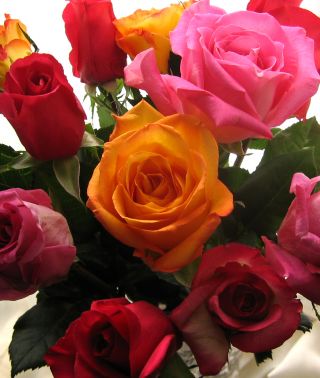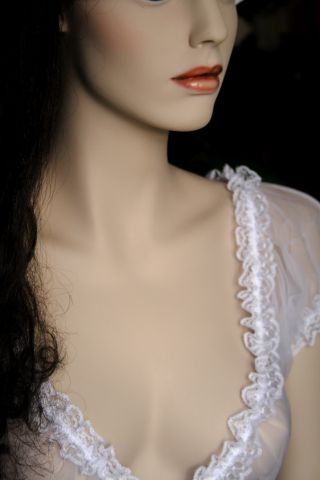Beauty
Why You Stare at Beautiful Things
Your brain circuitry helps you decide what’s lovely.
Posted June 20, 2014

We know it when we see it, right? Beauty. It’s in the eye of the beholder. A thing of beauty is a joy forever. Those and thousands of other phrases claim to explain what beauty is, many of them superficial and contradictory.
Two new books delve more deeply and much more scientifically into what makes a visual object beautiful and why we like what we like.
The Aesthetic Brain: How We Evolved to Desire Beauty and Enjoy Art and Experiencing Art: In the Brain of the Beholder are both published by Oxford, yet they are quite different (and the second one is heavily illustrated).
Can you like something without wanting it? That’s one of the big paradoxes of aesthetics. Finding a scene or a painting or a person beautiful and pleasing doesn’t always mean you want to have it. It doesn’t always mean anything beyond the fact that your brain has singled it out as beautiful. But is that really all it means?
The Aesthetic Brain: How We Evolved to Desire Beauty and Enjoy Art was written by Anjan Chatterjee, M.D., an expert in neurology and cognitive neuroscience at the University of Pennsylvania who also serves on the editorial boards of nine journals on related topics. Without taking the fun out of food, sex, art, and other bringers of pleasure, he traces how each of these areas of human interest may affect the brain.
Though we may each respond differently to a painting or a cozy village view, for example, each of us does respond positively to certain things and not to others. When I look at a certain sort of image, say of a small European village, with modest homes, winding alleys, a sense of meandering order, I find it entrancing. Whereas a perfect photo of a colorful blooming flower may leave me unimpressed. What’s going on in the brain here?
By the way, you may relate to a light-hearted essay I wrote in my incarnation (no pun intended) as a blogger for The Brights, called “What’s a Flower For?”
Chatterjee explores such questions anecdotally as well as empirically (though his reference to studies of the pleasurable expressions of rats didn’t speak to me). Some of his chapter titles give you a sense of the complexities of the subject: Numbering beauty, The illogic of beauty, The logic of pleasure, Art: A tail or a song?
Visual art is the main one Chatterjee covers, and he focuses on aesthetic encounters, not the creativity involved in the making of art.
FLOW FROM MERE LOOKING

Did you realize that you can become so absorbed in looking at a painting or listening to a piece of music that your sense of time alters, and thus you find (or lose) yourself in a flow state? It’s not like other flow activities in which you’re working on a reasonably challenging task. You’re “just” looking and listening, not making something yourself.
Interestingly, liking and wanting are close neighbors in our brains. They often work together. But not always. Chatterjee explores why we can appreciate without wanting to acquire. (We can, though it seems as though a lot of people who can afford to, must have every thing of beauty they can have.)
But how does all that appreciating make us better people? Art is universal, but not expressed the same way in different cultures. Chatterjee suggests:
Art can be both the expression of an instinct and a relaxation from this instinct. The key is whether art in a specified cultural environment follows narrowly prescribed rules or whether it is varied and unpredictable. Art, as it turns out, signals our freedom.
I LIKE BLUE; DO YOU?
Experiencing Art: In the Brain of the Beholder, is by Arthur P. Shimamura, a professor of psychology at UC Berkeley and a blogger here at PsychologyToday. He put aside an early interest in photography and art when he became a scientist, and later he re-integrated those interests into his current focus on the brain, photography, and art history.
Experiencing Art’s tone is personal, easy to follow, and anecdote- and experiment-filled, the sort of book that, if I’d had it when I was in college, would have answered so many questions for me. I think it would have opened a world up for me, the world.
Shimamura covers such intriguing topics as what your favorite color is and why, how we recognize familiar forms in our environment, universally appreciated simple pleasures, why we create stories, the moral guidelines we find in art, and much more. A joyous blend of psychology, science, and art appreciation.
Copyright (c) 2014 by Susan K. Perry, author of Kylie’s Heel




